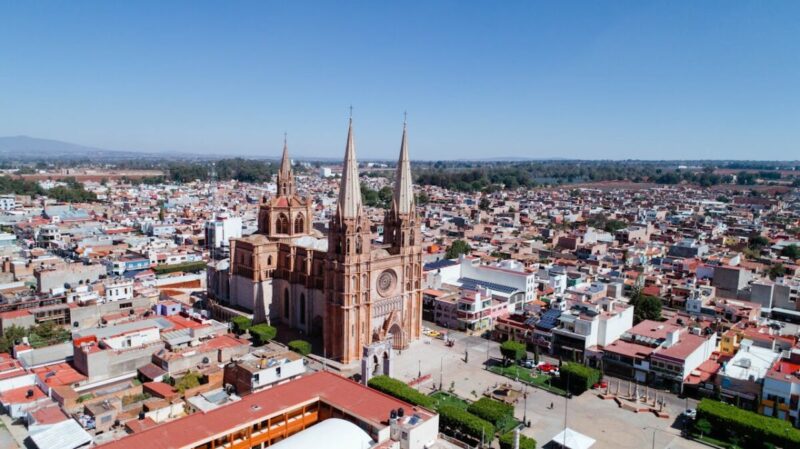Saint Catherine of Genoa: Biography Highlights Work With The Poor
Saint Catherine of Genoa was an Italian who was born in 1447 and died on 15 September 1510. Saint Catherine of Genoa was admired for her work among the sick and the poor, and she is remembered because of her writings left describe both these actions and her mystical experiences. Saint Catherine of Genoa was a member of the noble Fieschi family. Saint Catherine of Genoa spent most of her life and her means serving the sick, especially during the plague which ravaged Genoa in 1497 and 1501. She died in that city in 1510. Can you imagine spending your life serving the poor?
Saint Catherine of Genoa Biography
Saint Catherine of Genoa was born in 1447. She was the youngest of five children. Her parents were Jacopo Fieschi and Francesca di Negro, both of noteworthy Italian birth. The family was connected to two previous popes, and Jacopo became Viceroy of Naples. Saint Catherine of Genoa wanted to enter a convent when she was about 13, inspired by her sister Limbania, who was an Augustinian nun. However, all agreed she was too young.
When Saint Catherine of Genoa’s father died in 1643, she was married to Giuliano Adorno, a man who, after several experiences in the area of trade and in the military world in the Middle East, had returned to Genoa to get married. The marriage lasted ten years and was childless. She probably spent her marriage in quiet submission to her husband.
Saint Catherine of Genoa was converted by a mystical experience during confession on 22 March 1473; her conversion is described as an overpowering sense of God’s love for her. After this revelation occurred, she left the church without finishing her confession. This marked the beginning of her life of a close link with God through prayer without using forms of prayer such as the rosary. She began to receive Communion almost daily.
She combined this with service to the sick in a hospital at Genoa, in which her husband joined her after he, too, had been converted (a stage turn of events). He later became a Franciscan tertiary (which allows lay people to join the religious order), but she joined no religious order. He and Saint Catherine of Genoa decided to live in the Pammatone, a large hospital in Genoa, and to dedicate themselves to works of charity there. She eventually became manager and treasurer of the hospital.
For approximately 25 years, Saint Catherine of Genoa, though frequently going to confession, was unable to open her mind for direction to anyone; but towards the end of her life a Father Marabotti was appointed to be her spiritual guide. He had been a director of the hospital where her husband died in 1497. To him, she explained her states, past and present, and he compiled the Memoirs.
During this period, Saint Catherine of Genoa’s life was devoted to her relationship with God, through “interior inspiration” alone. She died on 15 September 15 1510, worn out with the labours of body and soul. Her death was slow, with many days of pain and suffering, and she experienced visions and wavered between life and death.
Conclusion
Saint Catherine of Genoa shows us that even someone who is born well can serve the poor. In 1551, 41 years after her death, a book about her life and teaching was published, entitled Libro de la vita mirabile et dottrina santa de la Beata Caterinetta de Genoa (Book of the marvellous life and holy teaching of the Blessed Catherine of Genoa). This is the source of her Dialogues on the Soul and the Body and her Treatise on Purgatory, which are often printed separately. Saint Catherine of Genoa’s thoughts on purgatory, for which she is particularly known, and her way of describing it, are very important.






